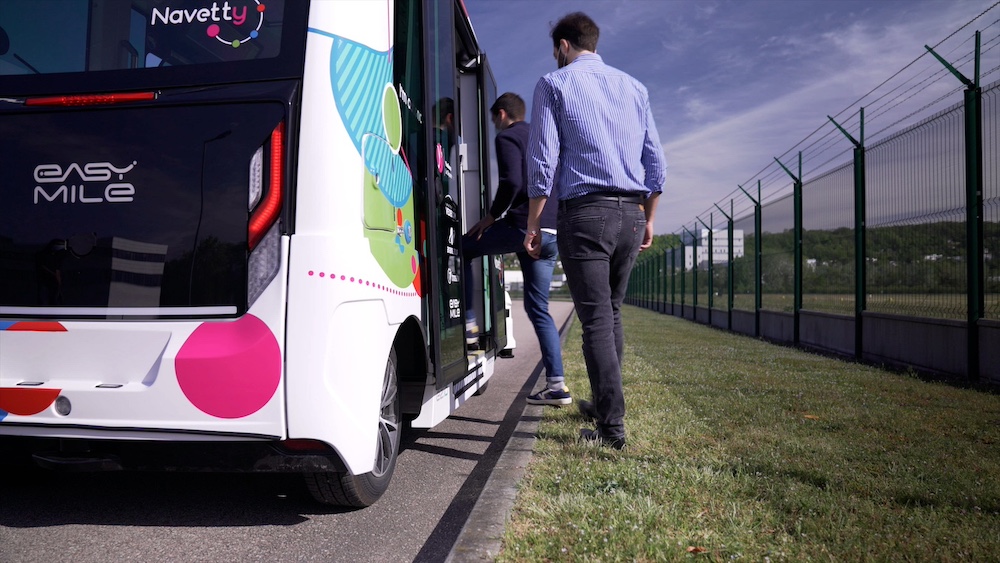What has been the course of development?
As I look back on our journey in the autonomous mobility sector, I can't help but reflect on the initial hype and the eventual, more realistic pace of development. It's true that technology in this field has matured more slowly than many of us anticipated.
In the early days, our projections were high. We imagined reaching a point where autonomous vehicles could match the service level of driven vehicles within a few years. However, reality has shown us that developing safe and efficient autonomous vehicles is a complex and gradual process.
What about the industry overall?
The evolution of autonomous mobility isn't just about the vehicles. It's about developing comprehensive systems that include robust supervision capabilities. The technology is evolving to empower supervision operators to manage a full-fledged commercial service. This is a significant area which unlocks deployments at scale.
As operators, we play a critical role in this scaling. Even if we had massly-applicable technologies today, scaling up still wouldn't be an overnight achievement. It requires an ecosystem of skilled supervision operators and project managers who deeply understand the technology.
Has understanding and alignment with needs evolved?
Despite the challenges, we now have a clearer understanding of our direction. We're more aware of the technology's limitations, allowing us to align our projects more closely with actual mobility needs. This understanding guides us in deploying autonomous vehicles where they can genuinely add value.
Looking ahead, autonomous mobility is not just a possibility for us at Transdev; it's a necessity. With a widespread shortage of drivers, autonomous vehicles are an inevitable part of our future. Our aim is not to replace jobs but to evolve them, expanding the scope and reach of public transport.
Since 2019, there have been notable improvements in the technology, though perhaps not as dramatic as some might expect. The advancements have been incremental but vital, pushing us closer to the goal of commercial service. Key areas of progress include safety and the increasing ability to operate in harsh weather conditions.
Do autonomous shuttles bring real value today?
We're closer than ever, but there's still a gap in achieving service levels comparable to driven vehicles. The main bottlenecks remain speed and availability rates. However, even with these limitations, autonomous shuttles are becoming increasingly essential, especially given the driver shortage.
While speed is a crucial factor, availability rates are equally important for us as operators. Ensuring consistent and reliable service is key to fulfilling our commitments and maintaining trust with our clients and passengers.
How does the European perspective on autonomous mobility differ from the global context ?
In the global context, Europe has its unique challenges and opportunities. While we may not match the investment levels of countries like China and the US, our focus on public transport and safety, coupled with a human-centric approach, positions us uniquely in the autonomous mobility landscape.
The future of autonomous mobility in Europe and beyond lies in concentrated efforts. Instead of spreading resources thin across numerous small projects, we should focus on larger-scale deployments that can truly demonstrate the economic and operational viability of autonomous services.

